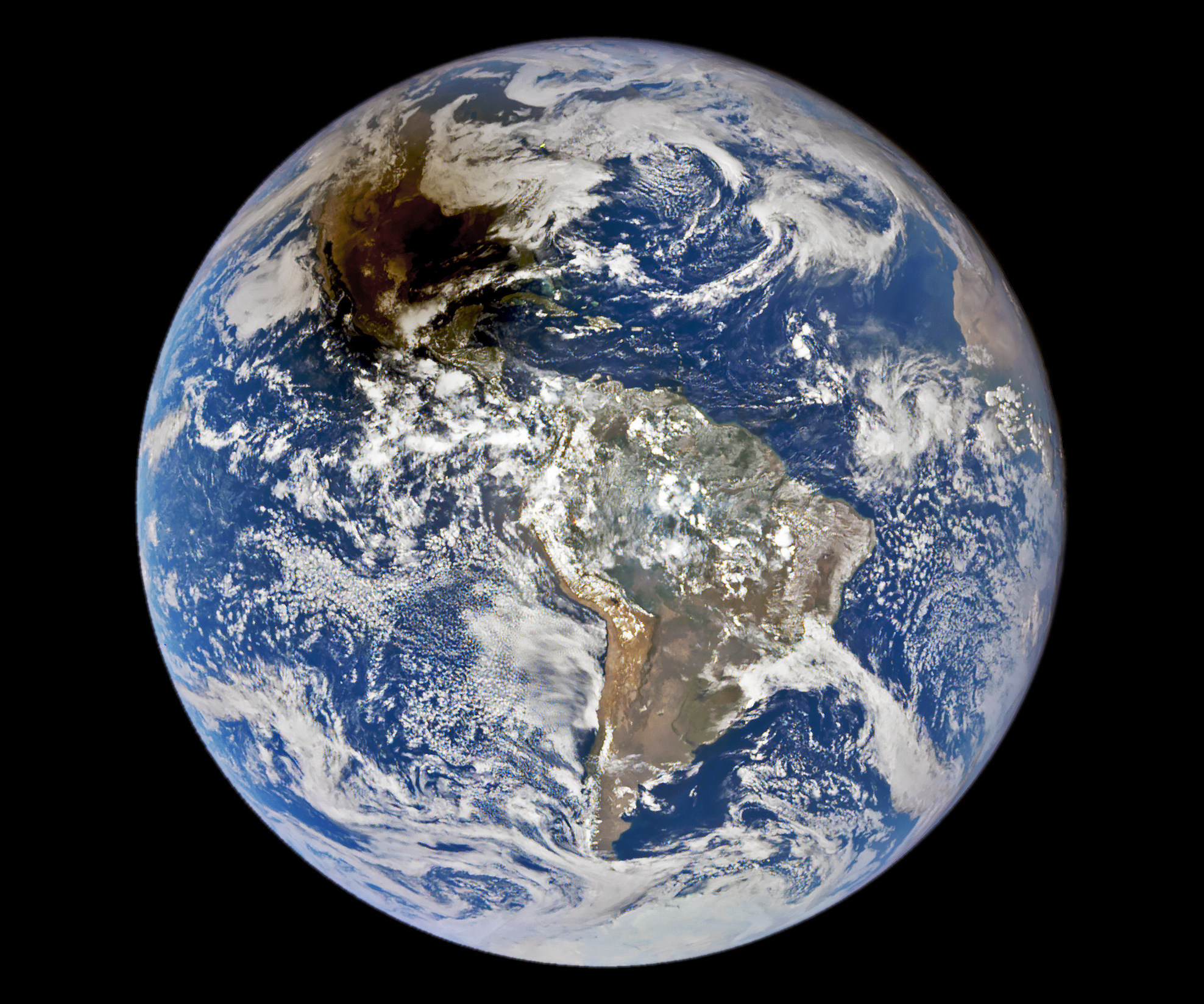Eclipse-gazers across the United States got a chance last weekend to watch as the Moon aligned with the Sun to create an annular eclipse.
They watched from the ground for a short experience of not-quite-darkness. NASA's Deep Space Climate Observatory (DSCOVR) caught the action from Earth's orbit for a different view of the event.
This one was different from most solar eclipses that capture public attention when they occur. Since it was annular, it didn't produce the awe-inspiring darkness that most people associate with these events.
An annular eclipse depends on a very unique set of circumstances. First, the Moon has to align precisely with the Sun, just as in a total solar eclipse. In one of those, the Moon appears to blot out the Sun completely because it's just the right distance away from Earth. During totality, people can observe only the corona and any prominences that happen to be occurring at the time.
However, there's a slight difference between a total solar eclipse and what everyone saw during the most recent event. During an annular eclipse, the Moon is at its maximum distance from Earth.
The technical term for that distance is 'apogee'. Because of that distance, the Moon didn't 'cover' the Sun completely. The Sun's outer limb was still visible, which appeared to observers as a reddish-orange 'ring of fire'.
What NASA's DSCOVR Mission Saw
As fascinating as the view from the ground is during an eclipse, it's interesting to see what happens from space. NASA's DSCOVR mission took an image of the shadow as it swept across the US.
It's stationed at Lagrange Point 1, a gravitationally stable orbital point. The mission's Earth Polychromatic Imaging Camera (EPIC) caught the view. Normally, this camera is used to capture global views of our planet.
The view shows a pretty big shadow that was visible along a wide path from Oregon in the Pacific Northwest to Texas in the South.
The darkest part of the shadow (the centerline) was where people saw a golden ring around the Moon. Observers outside the centerline saw only a partial eclipse. The length of the eclipse (and darkening amount) depended on where observers were located.

More Eclipses
Eclipse madness continues this year and next with a lunar eclipse on October 28th, which will be visible across parts of Europe, Asia, Africa, and Australia.
The next major solar eclipse is April 8th and will be visible from Mexico across the United States up to northeastern Canada. That one will provide another chance for satellites to observe shadows sweeping across Earth as the Sun and Moon 'meet up' again.
This article was originally published by Universe Today. Read the original article.
